The Tochi otome strawberry, or とちおとめ, is a symbol of Japan’s dedication to agricultural excellence and a treat cherished across the country. Known for its perfect balance of sweetness and acidity, this strawberry has become a beloved favorite, especially in its home prefecture of Tochigi. This article will delve into the origins and unique characteristics of this “Ruby of the Strawberry Kingdom,” giving you a closer look at what makes it so special.
What is Tochi otome?
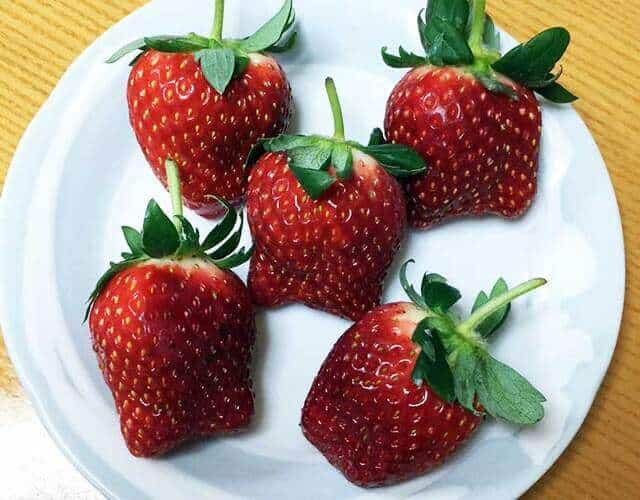
Tochi otome is a high-quality strawberry variety celebrated for its vibrant red color, large conical shape, and rich, juicy flavor. Its name, combining “Tochi” from Tochigi Prefecture and “otome” (maiden), evokes a sense of both its origin and a delicate, feminine charm. This strawberry has a firm texture, making it ideal for eating fresh and for desserts and other processed foods. It is also notably rich in Vitamin C. Furthermore, they developed its high yield and quality, this dish quickly rose to prominence and, for many years, held the title of the most widely cultivated strawberry variety in Japan.
History of the Tochi otome

Researchers in Tochigi Prefecture developed the Tochiotome strawberry to create a variety suited to the local climate and stronger than existing popular strains. Strawberry farming has long played an important role in Tochigi’s agriculture, so the prefecture’s research institutions aimed to secure its position as a leading production area through a new, competitive variety.
Breeders at the Tochigi Prefectural Agricultural Experiment Station began the project by crossing two varieties: Kurume 49, known for large fruit and high yield, and Tochi no Mine, valued for sweetness and attractive appearance. The hybrid plants showed desirable qualities from both parents. After years of testing and selection, researchers registered the new variety in 1996 under the name Tochiotome. The name, meaning “maiden of Tochigi,” reflected both regional pride and the fruit’s delicate flavor.
Farmers quickly adopted Tochiotome and replaced the previously dominant Nyoho variety, which had led strawberry production in Tochigi during the 1980s and early 1990s. Growers favored Tochiotome for its balance of sweetness and acidity, firm texture for shipping, bright red color, and high yield. These traits allowed it to spread widely and become the prefecture’s representative strawberry.
By the early 2000s, growers across Tochigi produced mainly Tochiotome, and farmers in other prefectures also introduced it. The variety reinforced Tochigi’s reputation as the “Strawberry Kingdom” of Japan. Breeders later used Tochiotome in the development of new premium varieties, including Skyberry, which they released in 2014.
Influence on Tourism and Branding
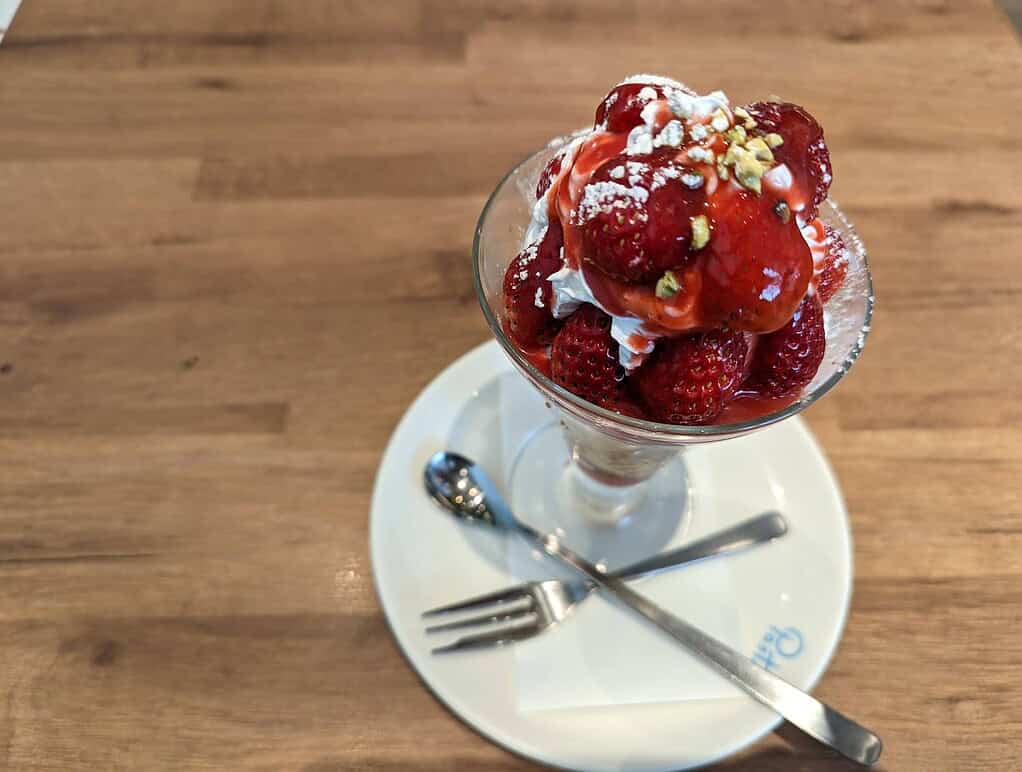
The spread of Tochiotome also transformed local tourism and branding. Farmers in Tochigi promoted the variety through strawberry-picking farms (ichigo-gari), which drew many visitors from nearby metropolitan areas such as Tokyo. Tourists favored Tochiotome for its consistent sweetness and size, and farms used it as their main attraction.
Local businesses also incorporated Tochiotome into cakes, parfaits, and seasonal desserts. The prefecture highlighted the variety in marketing campaigns, presenting it as both an agricultural product and a regional symbol. This strategy linked Tochigi’s economic success with cultural identity, making Tochiotome a central element of the prefecture’s image.
Today, Tochiotome continues to dominate strawberry cultivation in Tochigi and remains one of Japan’s most recognized varieties. The variety represents both a milestone in the modernization of strawberry breeding and a foundation for the growth of agricultural tourism in the region.
Restaurant for Tochi Otome
Ichigo no Sato (いちごの里)

For a truly immersive Tochi otome experience, look no further than Ichigo no Sato (いちごの里) in Oyama City, Tochigi. As a “slow-life resort,” this farm and its facilities offer visitors a chance to enjoy fresh, farm-to-table food and fruit-picking activities. The resort’s buffet restaurant, Ichigo Ichie, and its café, Angel Fraise, are known for serving dishes and desserts that prominently feature Tochi otome strawberries. It’s a perfect place to taste the berries in their freshest form, whether as a dessert or a special seasonal dish.
Conclusion
The Tochi otome strawberry is a testament to careful cultivation and a beloved part of Japanese food culture. Its delightful flavor and beautiful appearance have made it a favorite for both everyday consumption and special occasions. The strawberry’s journey from an experimental hybrid to a national star highlights the passion and innovation of Japan’s farmers.
If you’ve enjoyed Tochi otome, you might also like to try similar dishes and sweets featuring strawberries like “Skyberry” parfaits, “Tochi Hime” tarts, “Amaou” shortcakes, or “Momo Ichigo” daifuku.
Tochiotome Strawberry (とちおとめ) FAQ
- What is Tochiotome?
It’s a premium strawberry variety from Tochigi Prefecture, known for its large size, bright red color, and sweet, juicy flavor.
- Why is Tochiotome so famous?
Tochigi is Japan’s top strawberry-producing region, and Tochiotome has become its signature fruit, loved nationwide.
- When is Tochiotome strawberry season?
From December to May, with the peak season in winter and early spring.
- Where can I try Tochiotome strawberries?
At local fruit shops, department stores, or strawberry-picking farms in Tochigi.
- Can tourists experience strawberry picking?
Yes! Tochigi offers many farms where visitors can enjoy “all-you-can-eat” strawberry picking.
- How does Tochiotome taste compared to other strawberries?
It balances perfectly—sweet yet slightly tart, with a juicy, refreshing bite.
- Are Tochiotome strawberries used in desserts?
Absolutely. Chefs often feature them in cakes, parfaits, daifuku, and seasonal sweets.
- Can I buy Tochiotome as a souvenir?
Fresh strawberries are tricky to take abroad, but you can find Tochiotome-based sweets, jams, and chocolates as gifts.
- Why should I try Tochiotome when visiting Japan?
It’s one of Japan’s most beloved strawberries and a symbol of Tochigi’s rich farming culture—sweet, fresh, and unforgettable.
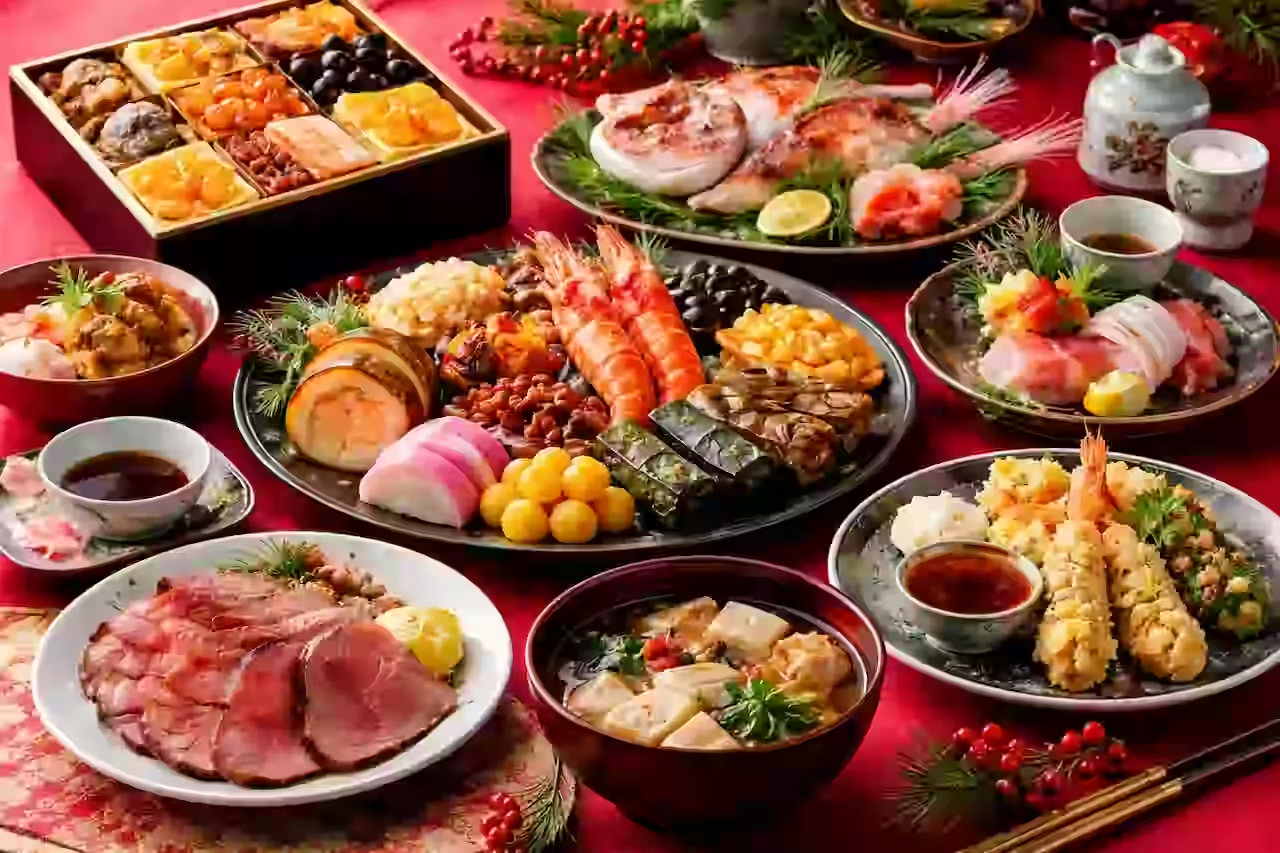
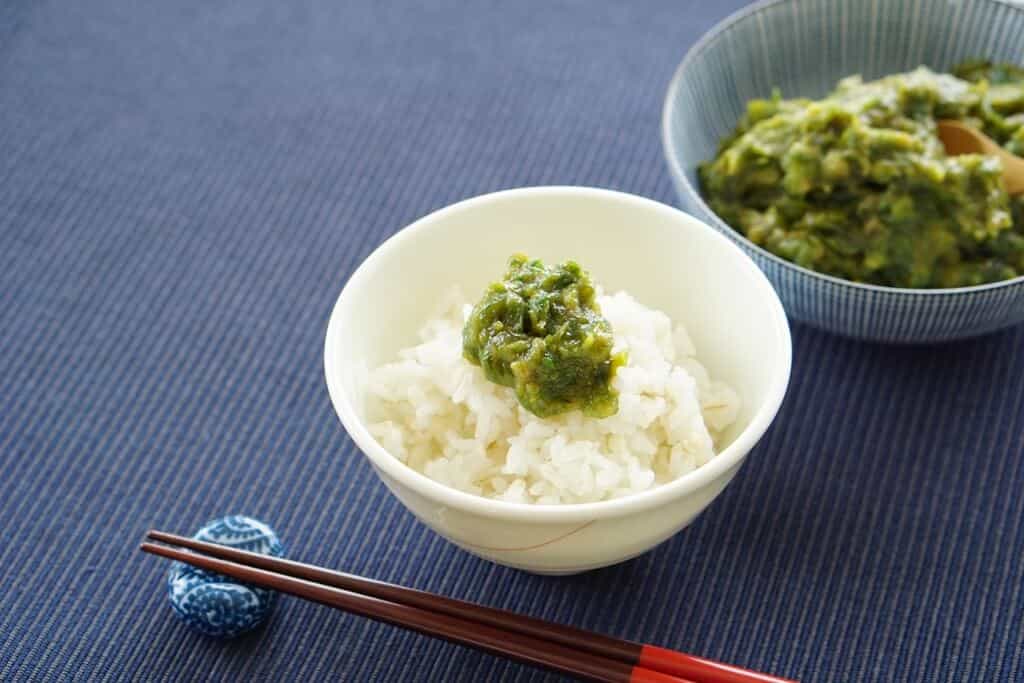
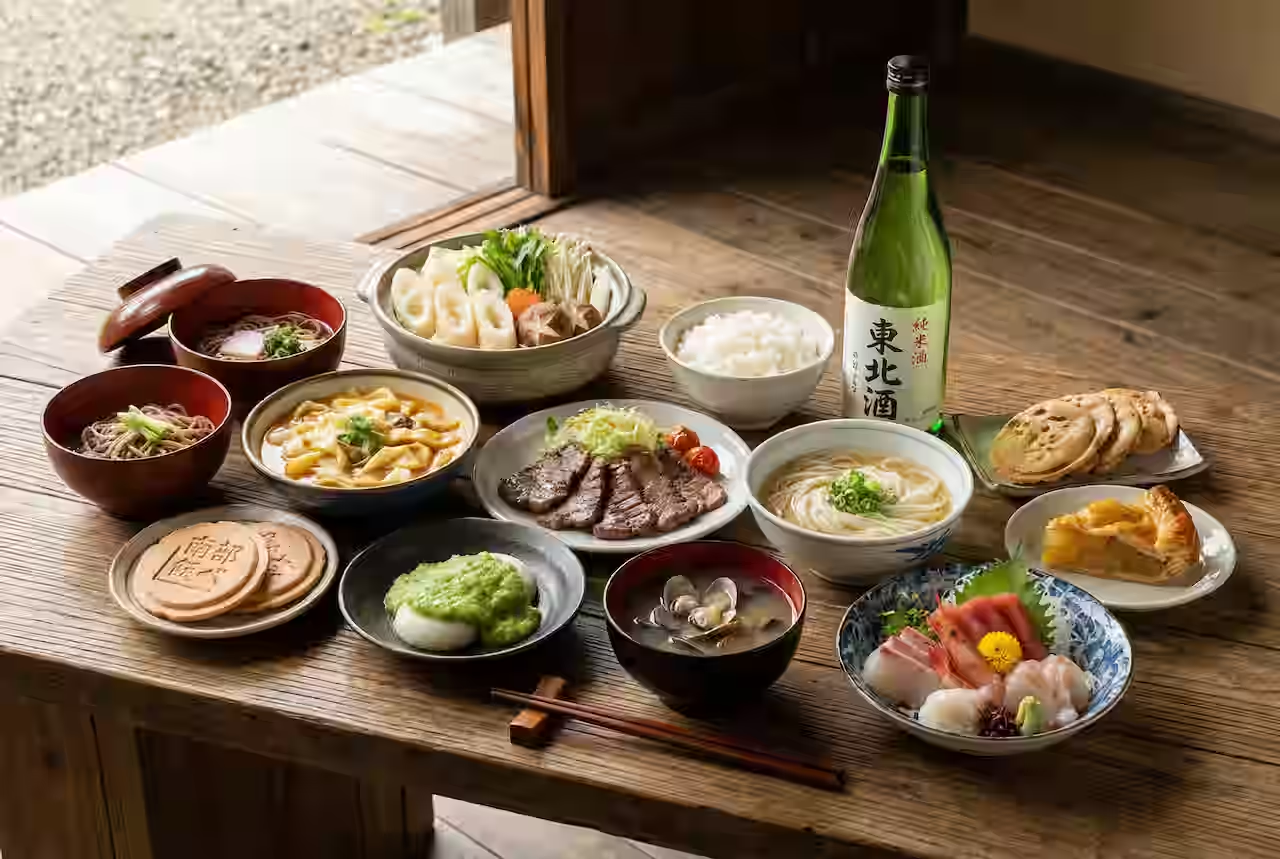

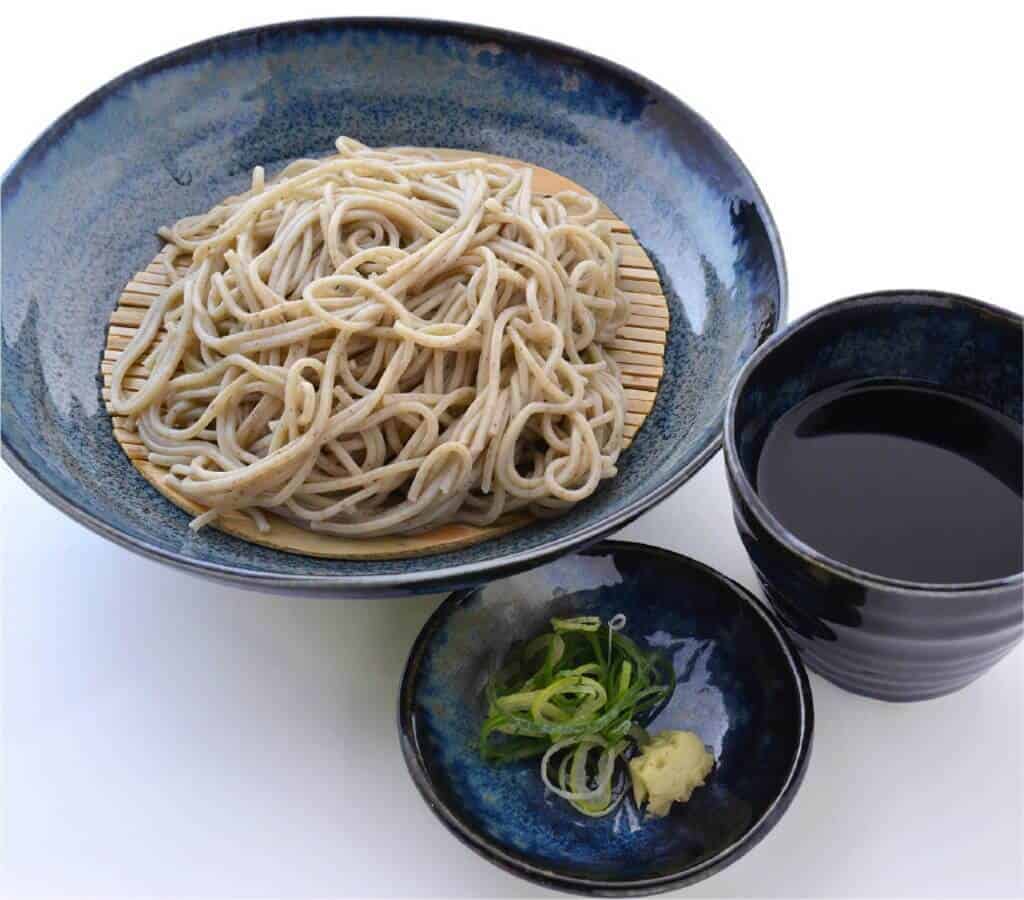




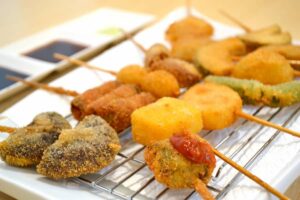
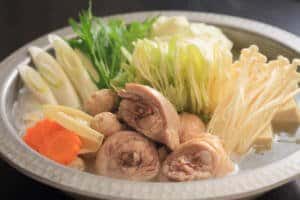
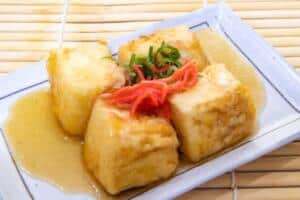
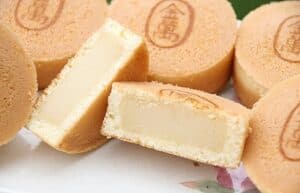
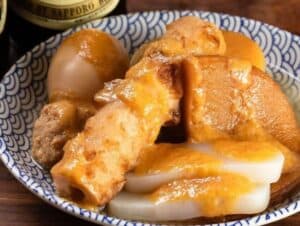
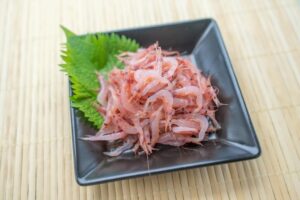
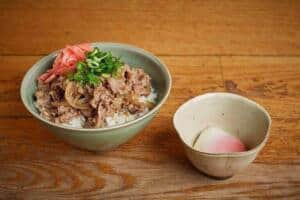
Comments